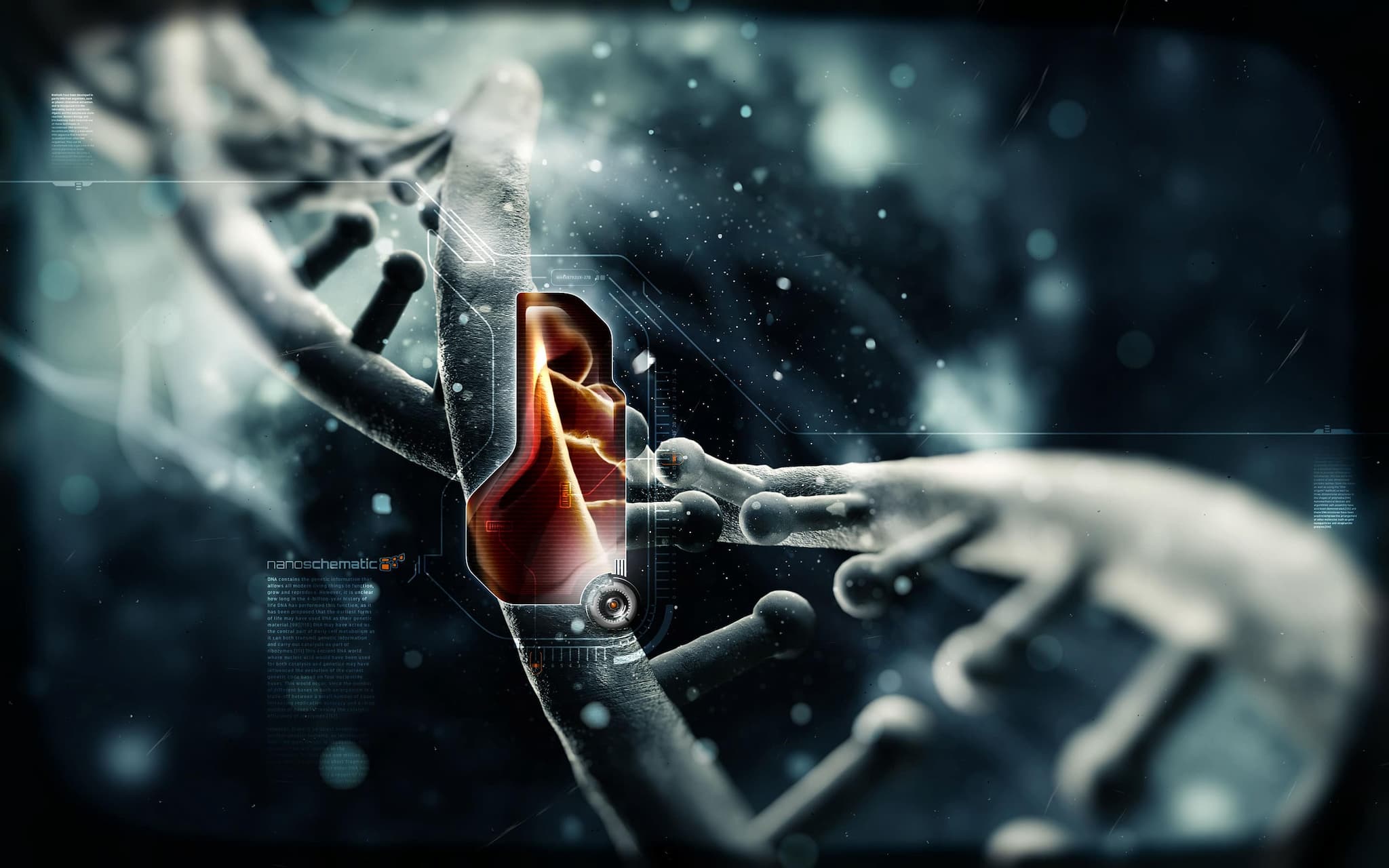"What is life?"
Perhaps this is one of the most perennial questions of, well, life. It's a question further compounded by discoveries that have allowed us to understand what living things are made of and that it's the exact same material non-living things are made of: molecules.
Then we discovered that what makes living things different from other matter is a special combination of proteins called DNA. This contained everything there was and is (and, to a certain extent, will be) to know about a particular organism. Then, scientists learned how to read the entire DNA sequence (or genome) of organisms 20 years ago, and the possibilities for life took a step forward with the advent of synthetic biology.
Synthetic biology has become the backbone of biotechnology. With advances in the field moving rapidly, we have become capable of more than just reading and editing life. Now, we can, in a manner of speaking, modify or make life into something new. We can build organs that could save the lives of thousands of people in need of organ transplants, and in the future, we could even potentially create cyborgs using the tech.
And with this ability comes so many questions. How far can we go? How far should we go?
Share This Article
